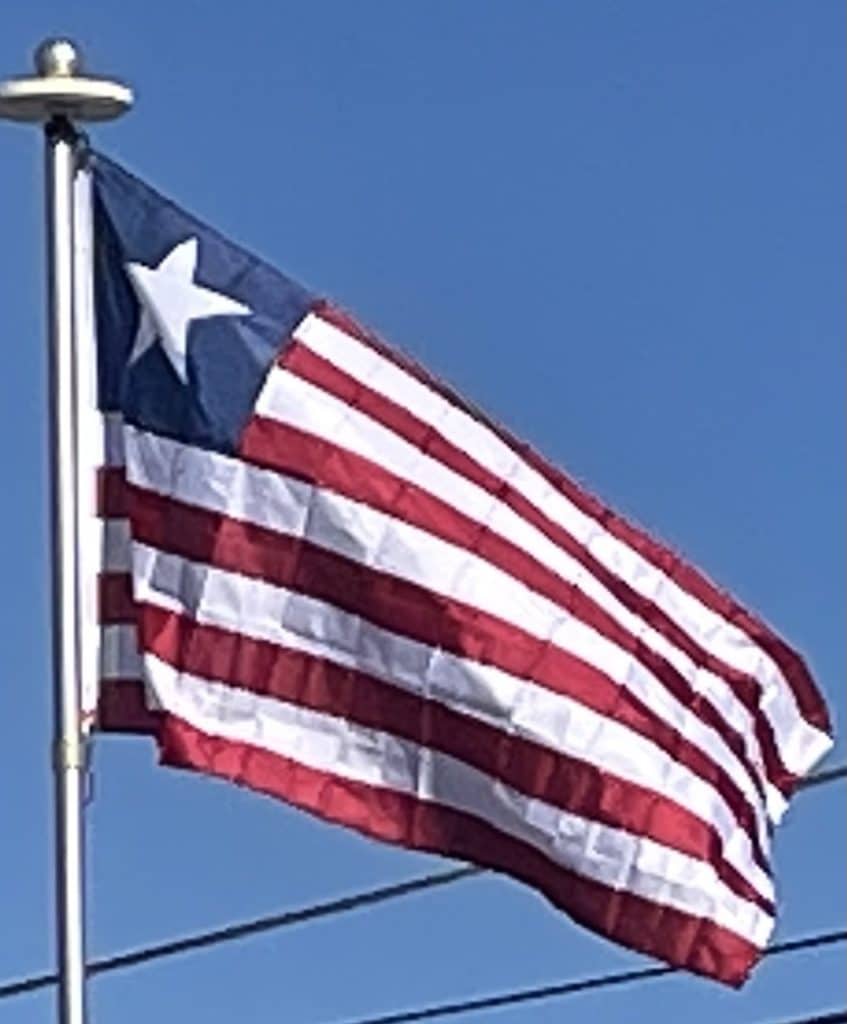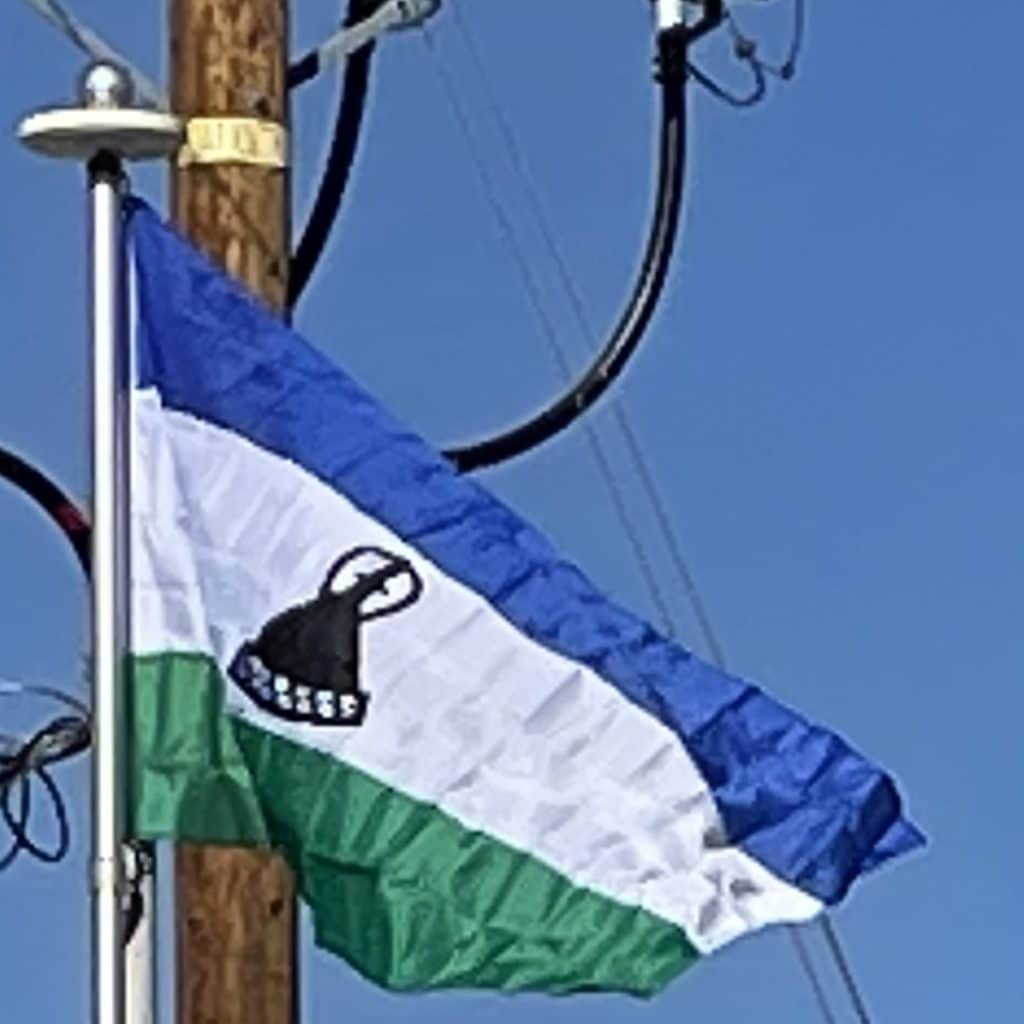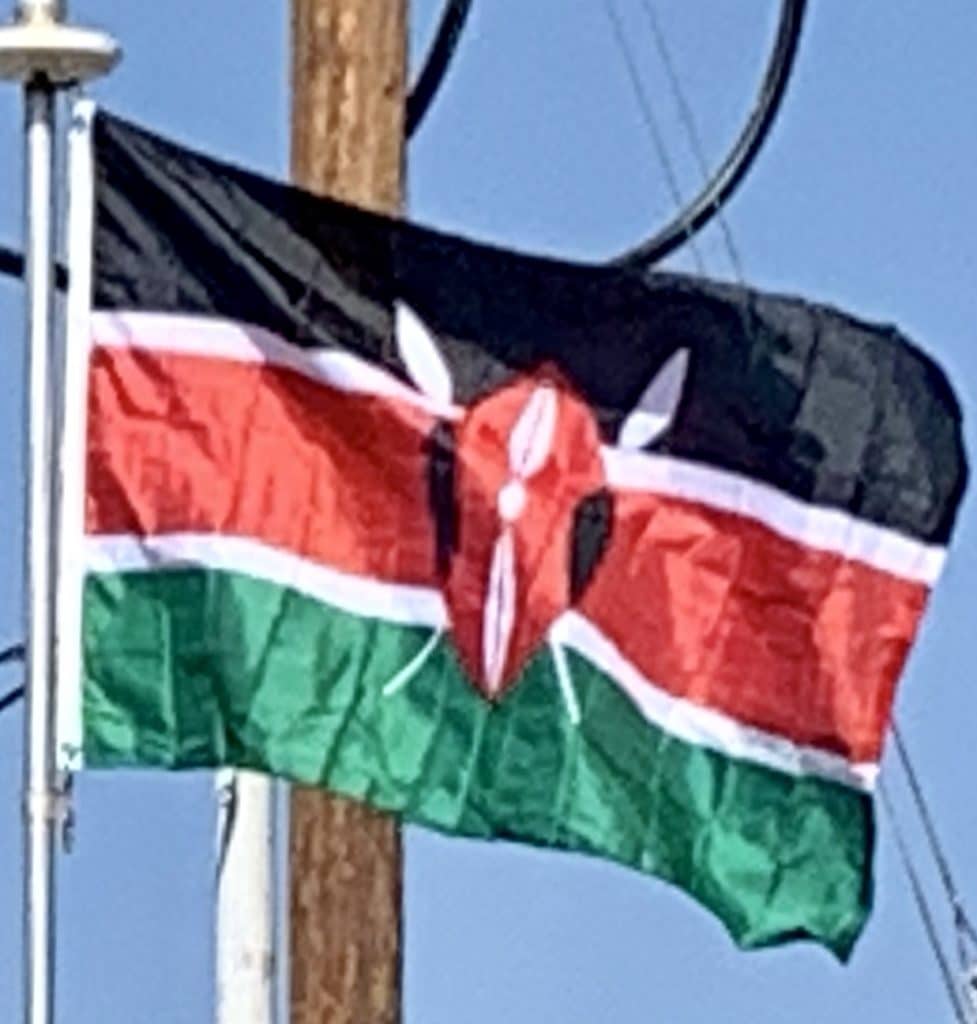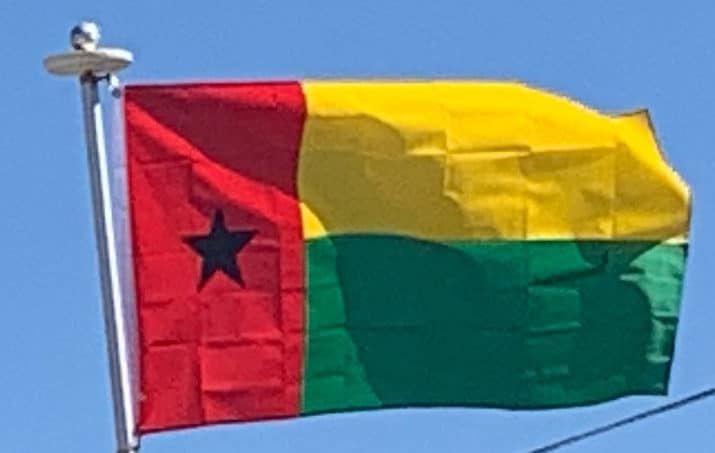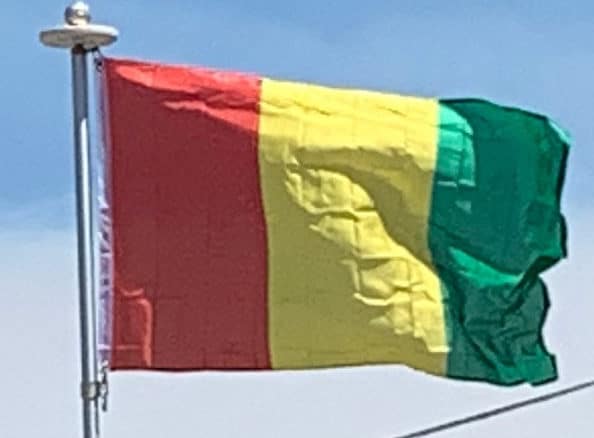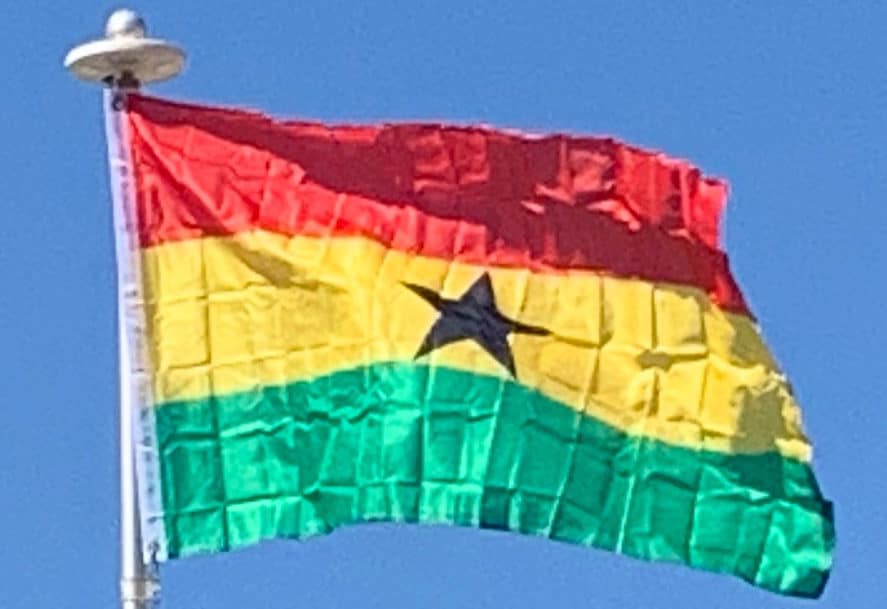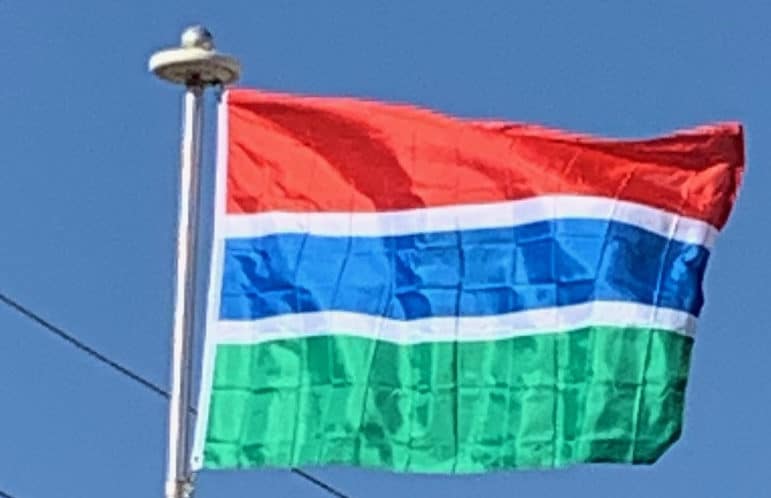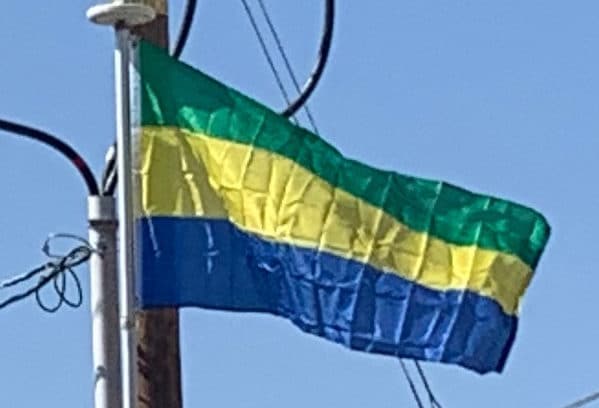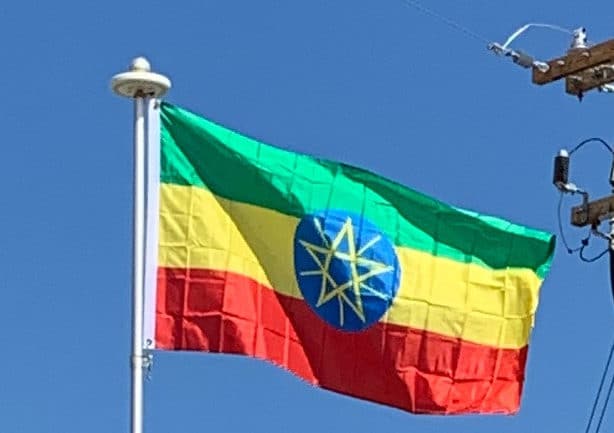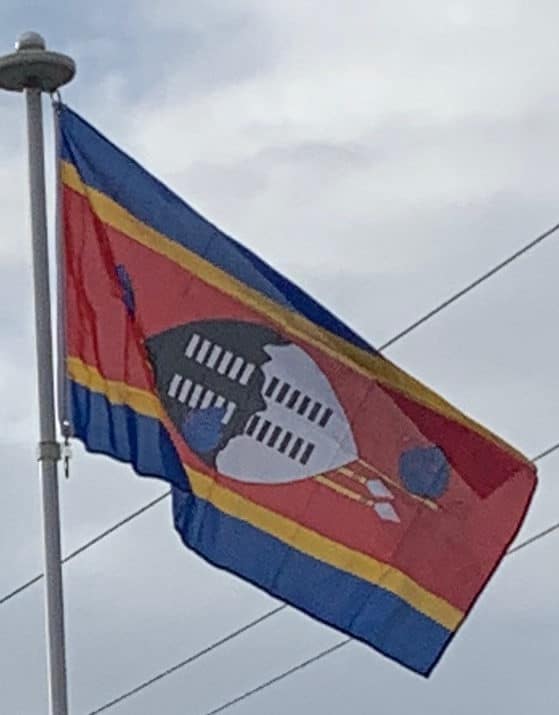Liberia
The eleven stripes symbolize the signatories of the Liberian Declaration of Independence and the red and white symbolize courage and moral excellence. The white star represents the first independent republic in Africa, above the blue square representing the African continent. The Liberian flag is modeled after and resembles the United States flag because Liberia was founded, colonized, established, and controlled by free people of color and formerly enslaved black people from the United States and the Caribbean with the help and support of both the United States government and the American Colonization Society (ACS), a private organization dedicated to the removal of free people of color from across North America. Some time after the African Americans began arriving in Liberia in 1822, they came to be identified as “Americo-Liberians” in an effort to separate them from native groups and enslaved Africans rescued from illegal slaving ports and ships by the American navy.
